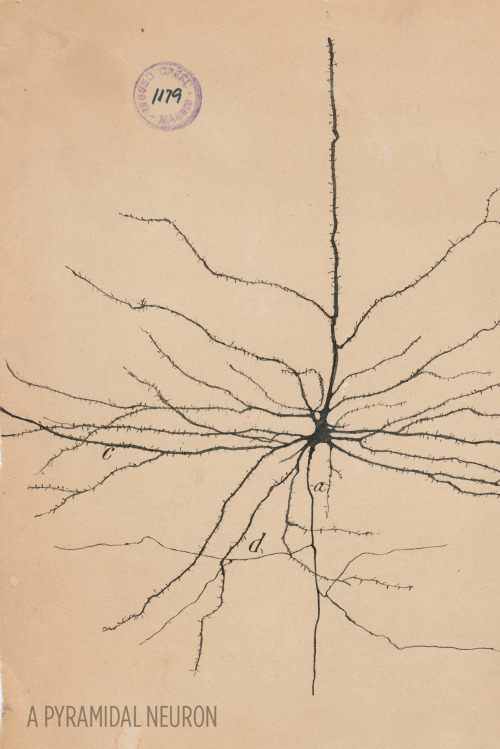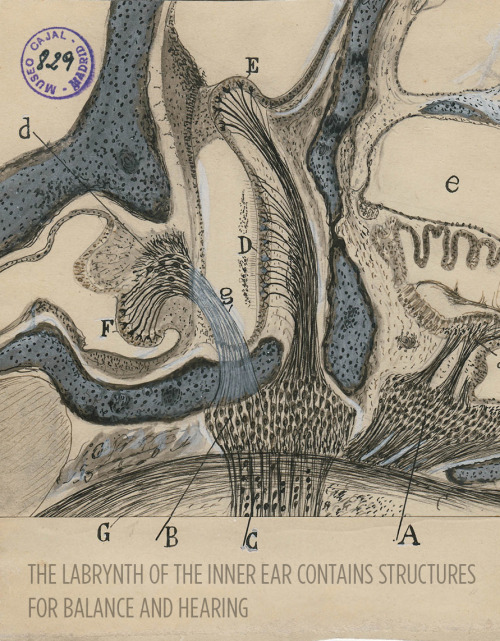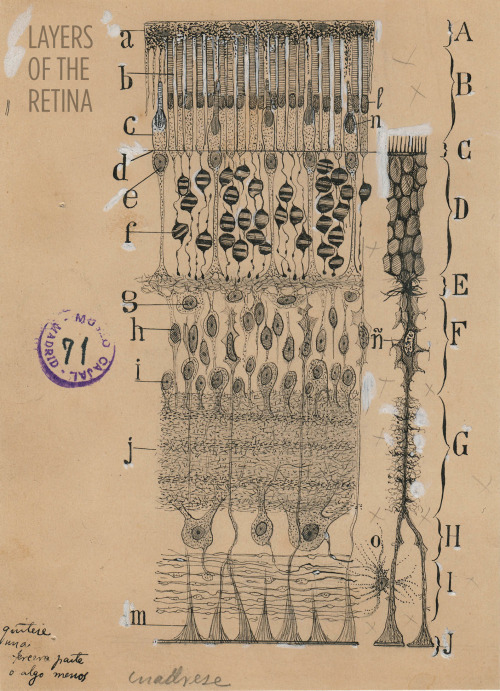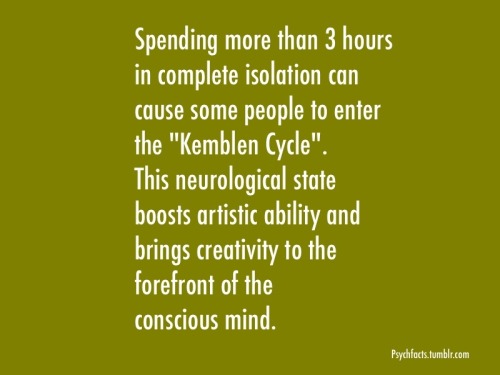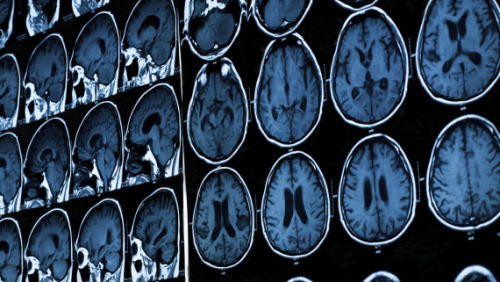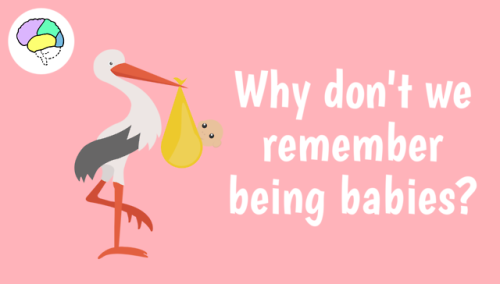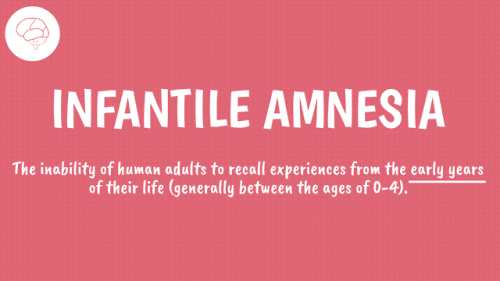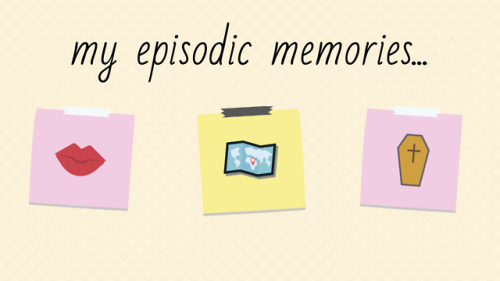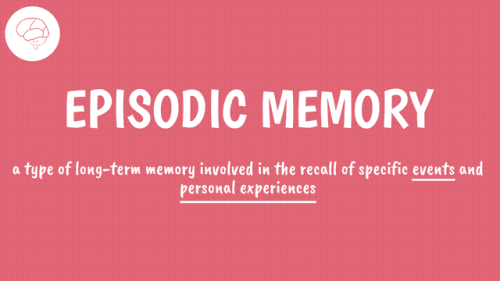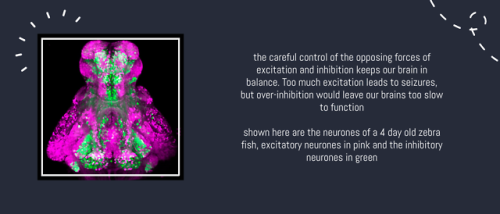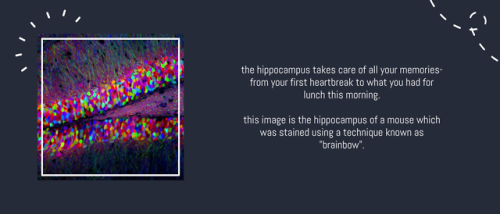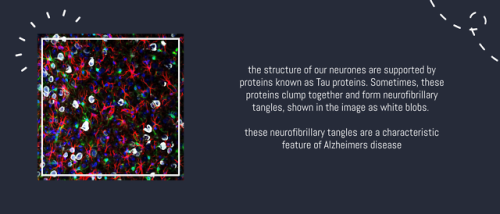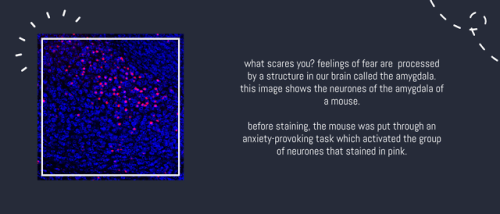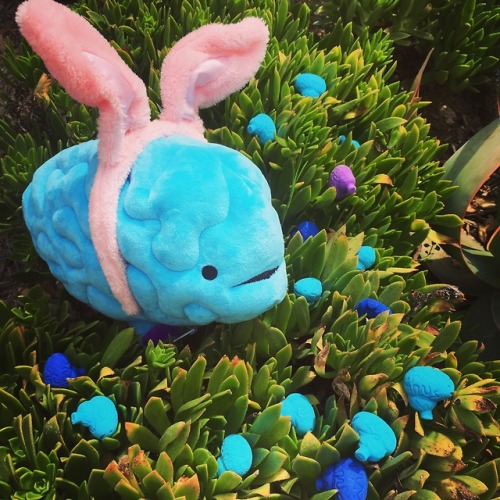#neuroscience
Kindness. Just saying the word—such warmth in its enunciation—draws a smile. Equal parts curiosity, integrity, inclusivity, and intentionality, it’s truly the most underrated behavior of all these days. We need to broach cultivation and dissemination of this behavior—and really, virtue and value—so much more in our communities, workplaces, and schools.
Never underestimate its potential impact on the lives of people both within and outside of your bubble.
Post link
Art and science in beautiful conversation!
Here’s a 30-something Santiago Ramón y Cajal hanging out in his library:

For more, check out this article or visit the Weisman Art Museum in Minnesota before May 21.
Images courtesy of Instituto Cajal del Consjo Superior de Investigaciones Científicas, Madrid
Post link
My text books came in! Getting ready to be the walking talking dictionary of EEG and NIRS imaging analysis.
Post link
Neuroscience, University of Heidelberg, Germany
“Theta-and Respiration-Related Oscillations in Non-Anesthetized Mice”
Neuroscience, University of Heidelberg, Germany
“Oscillatory Long-Range Synchronization Across Brain Areas in Freely Moving and Head-Restrained Mice”
Scientists produce strongest evidence yet of schizophrenia’s causes
An international team of scientists led by Cardiff researchers has provided the strongest evidence yet of what causes schizophrenia - a condition that affects around 1% of the global population.
Published in the journal Neuron, their work presents strong evidence that disruption of a delicate chemical balance in the brain is heavily implicated in the disorder.
In the largest ever study of its kind, the team found that disease-linked mutations disrupt specific sets of genes contributing to excitatory and inhibitory signalling, the balance of which plays a crucial role in healthy brain development and function.
The breakthrough builds on two landmark studies led by members of the Cardiff team, published last year in the journal Nature.
“We’re finally starting to understand what goes wrong in schizophrenia,” says lead author Dr Andrew Pocklington from the University’s MRC Centre for Neuropsychiatric Genetics and Genomics.
“Our study marks a significant step towards understanding the biology underpinning schizophrenia, which is an incredibly complex condition and has up until very recently kept scientists largely mystified as to its origins.
“We now have what we hope is a pretty sizeable piece of the jigsaw puzzle that will help us develop a coherent model of the disease, while helping us to rule out some of the alternatives.
"A reliable model of disease is urgently needed to direct future efforts in developing new treatments, which haven’t really improved a great deal since the 1970s.”
Professor Hugh Perry, who chairs the Medical Research Council Neuroscience and Mental Health Board said: “This work builds on our understanding of the genetic causes of schizophrenia - unravelling how a combination of genetic faults can disrupt the chemical balance of the brain.
"Scientists in the UK, as part of an international consortium, are uncovering the genetic causes of a range of mental health issues, such as schizophrenia.
"In the future, this work could lead to new ways of predicting an individual’s risk of developing schizophrenia and form the basis of new targeted treatments that are based on an individual’s genetic makeup.”
A healthy brain is able to function properly thanks to a precise balance between chemical signals that excite and inhibit nerve cell activity. Researchers studying psychiatric disorders have previously suspected that disruption of this balance contributes to schizophrenia.
The first evidence that schizophrenia mutations interfere with excitatory signalling was uncovered in 2011 by the same team, based at the University’s MRC Centre for Neuropsychiatric Genetics and Genomics.
This paper not only confirms their previous findings, but also provides the first strong genetic evidence that disruption of inhibitory signalling contributes to the disorder.
To reach their conclusions scientists compared the genetic data of 11,355 patients with schizophrenia against a control group of 16,416 people without the condition.
They looked for types of mutation known as copy number variants (CNVs), mutations in which large stretches of DNA are either deleted or duplicated.
Comparing the CNVs found in people with schizophrenia to those found in unaffected people, the team was able to show that the mutations in individuals with the disorder tended to disrupt genes involved in specific aspects of brain function.
The disease-causing effects of CNVs are also suspected to be involved in other neurodevelopmental disorders such as intellectual disability, Autism Spectrum Disorder and ADHD.
Around 635,000 people in the UK will at some stage in their lives be affected by schizophrenia.
The estimated cost of schizophrenia and psychosis to society is around £11.8 billion a year.The symptoms of schizophrenia can be extremely disruptive, and have a large impact on a person’s ability to carry out everyday tasks, such as going to work, maintaining relationships and caring for themselves or others.
Post link
Researchers pinpoint epicenter of brain’s predictive ability
In recent years, scientists have discovered the human brain works on predictions, contrary to the previously accepted theory that it reacts to the sensations it picks up from the outside world. Experts say humans’ reactions are in fact the body adjusting to predictions the brain is making based on the state of our body the last time it was in a similar situation.
Now, Distinguished University Professor Lisa Feldman Barrett at Northeastern has reported finding the epicenter of those predictions.
In an article published in Nature Reviews Neuroscience last week, Barrett contends that limbic tissue, which also helps to create emotions, is at the top of the brain’s prediction hierarchy. She co-authored the paper with W. Kyle Simmons, of the Laureate Institute for Brain Research in Tulsa, Oklahoma.
“The unique contribution of our paper is to show that limbic tissue, because of its structure and the way the neurons are organized, is predicting,” Barrett said. “It is directing the predictions to everywhere else in the cortex, and that makes it very powerful.”
For example, when a person is instructed to imagine a red apple in his or her mind’s eye, Barrett explained that limbic parts of the brain send predictions to visual neurons and cause them to fire in different patterns so the person can “see” a red apple.
Barrett is a faculty member in the Department of Psychology and is director of the Interdisciplinary Affective Science Laboratory. A pioneer in the psychology of emotion and affective neuroscience, she has challenged the foundation of affective science by showing that people are the architects of their own emotional experiences.
In the Nature paper, Barrett summarized research on the cellular composition of limbic tissue, which shows that limbic regions of the brain send but do not receive predictions. This means that limbic regions direct processing in the brain. They don’t react to stimulation from the outside world. This is ironic, Barrett argues, because when scientists used to believe that limbic regions of the brain were the home of emotion, they were seen as mainly reactive to the world.
Common sense tells you that seeing is believing, but really the brain is built for things to work the other way around: you see (and hear and smell and taste) what you believe. And believing is largely based on feeling. In her paper, Barrett shows that your brain is not wired to be a reactive organ. It’s wired to ask the question: “The last time I was in a situation like this, what sensations did I encounter, and how did I act?” And the sensations that seem to matter most are the ones that are inside your own body, which are called “interoceptions.”
“What your brain is trying to do is guess what the sensation means and what’s causing the sensations so it can figure out what to do about them,” Barrett said. “Your brain is trying to put together thoughts, feelings, and perceptions so they arrive as needed, not a second afterwards.”
Post link
This Woman Sees 100 Times More Colors Than The Average Person
When Concetta Antico looks at a leaf, she sees much more than just green. “Around the edge I’ll see orange or red or purple in the shadow; you might see dark green but I’ll see violet, turquoise, blue,” she said. “It’s like a mosaic of color.”
Antico doesn’t just perceive these colors because she’s an artist who paints in the impressionist style. She’s also a tetrachromat, which means that she has more receptors in her eyes to absorb color. The difference lies in Antico’s cones, structures in the eyes that are calibrated to absorb particular wavelengths of light and transmit them to the brain. The average person has three cones, which enables him to see about one million colors. But Antico has four cones, so her eyes are capable of picking up dimensions and nuances of color—an estimated 100 million of them—that the average person cannot. “It’s shocking to me how little color people are seeing,” she said.
Although tetrachromats have more receptors in their eyes, their brains are wired the same way as a person with normal vision. So how can a brain like Antico’s change to see more colors? Like anything else, practice makes perfect, even when it comes to neural pathways.
For years, researchers weren’t sure tetrachromacy existed. If it did, they stipulated, it could only be found in women. This is because of the genes behind color vision. People who have regular color vision have three cones, tuned to the wavelengths of red, green, and blue. These are connected to the X chromosome—men have one, but women have two. Mutations in the X chromosome cause a person to perceive more or less color, which is why men more commonly have congenital colorblindness than women (if their one X chromosome has a mutation). But the theory stood that if a woman received two mutated X chromosomes, she could have four cones instead of the usual three.
Post link
Brain reward circuits respond differently to 2 kinds of sugar
The brain responds differently to two kinds of sugar, according to a report today at the American College of Neuropsychopharmacology annual meeting in Phoenix Arizona. The study suggests that fructose heightens the response of brain reward circuits to food cues, promoting feeding behavior.
Currently, roughly two out of three U.S. adults are overweight and one out of three is obese. Changes in lifestyle and dietary intake during the past quarter century are thought to be the main culprits, with the increase in fructose consumption of particular concern. Fructose is the simple sugar found in fruit, but it is added to many foods as a “refined sugar” in the form of high-fructose corn syrup. By comparison, glucose, the primary energy source for the body, is usually produced through the breakdown of complex carbohydrates. Fructose ingestion produces smaller increases in circulating satiety hormones than glucose ingestion. Further, administration of fructose directly into the brain provokes feeding in rodents, whereas glucose administered this way promotes satiety, or the feeling of being full. Preliminary studies in people have also shown that glucose reduces activity in the hypothalamus, an event that is associated with metabolic satiety, whereas fructose does not.
Using functional magnetic resonance imaging (fMRI), Kathleen Page at the Keck School of Medicine of the University of Southern California (USC) and her colleagues in the Department of Psychology at the University of Southern California extended this work. They examined brain responses and motivation to eat when research volunteers viewed images of food (like chocolate cake) after they drank a beverage containing either glucose or fructose. The participants were 24 young men and women, 16 to 25 years of age. They viewed images of food during fMRI scans of their brains and reported how much they wanted to eat. The food cues produced activation in the nucleus accumbens, a part of the brain’s “reward circuit”, and increased the desire for food. Activation in the nucleus accumbens was greater after consuming the fructose drink compared to the glucose drink. The fructose drink also resulted in greater ratings of hunger and motivation to eat compared to the glucose drink. These neural and behavioral responses to high-calorie food stimuli could promote eating, and more so after consuming fructose compared to glucose.
These studies have important public health implications in a society that is inundated with high-sugar foods and tantalizing food stimuli. They suggest that consumption of fructose may promote overeating.
Post link
Studio Smack - Branded Dreams: The Future of advertising
We’re not there yet. Guess that’s the best way to describe the status of nascent technologies like neurotech-brain-reading-devices and inception methods, memory implants and memory augmentation at the moment without the use of hype and buzzwords a la: “it will disrupt the way we live”or“this tech will change everything blabla”.
But how to talk about emerging technologies, socio-technological trends and changing societal patterns in a nutritious way? One of the best mix methods approaches for a broader audience is to research possible implications of emerging technologies and visualize them in a discussion-ready format for a broader audience.
In this case: If we know how to hack our brains and mix it with typical advertising and marketing strategies, what are possible outcomes? Studio Smack has created a great visual scifi prototype (and/or design fiction with flaws) for a postnormal world, that should spark discussions with contrasting points about the implications of neurotechnologies:
We see ads everyday and everywhere. They have become part of our life. While some people try to avoid seeing ads, advertisers keep finding new ways to reach us. However they are unable to reach us when we sleep. Our dreams are the last safe and add-free place so it seems.
But what happens when advertisers have the possibility to enter our dreams? Based on recent developments in brain science and technology this might be possible in the near future.
Chapeau! Great work.
what’s your ‘thing’ as a friend. i don’t mean like 'oh im the mom friend’ i mean like what’s the Thing where if one of your friends was looking for a specific interaction they’d message you first. personally i can always be relied upon to get hyped about bugs, literature, and cursed internet images.



